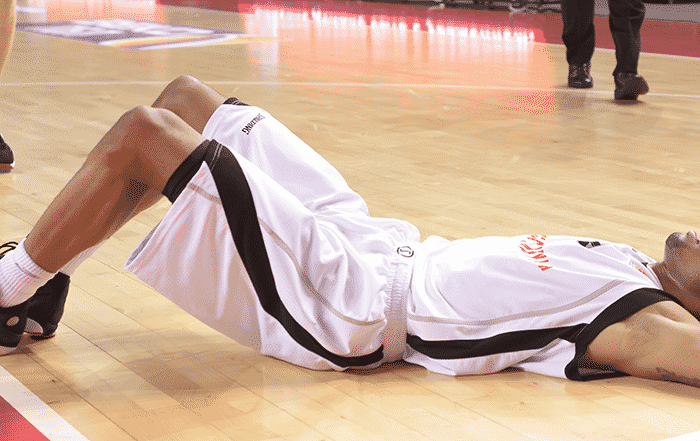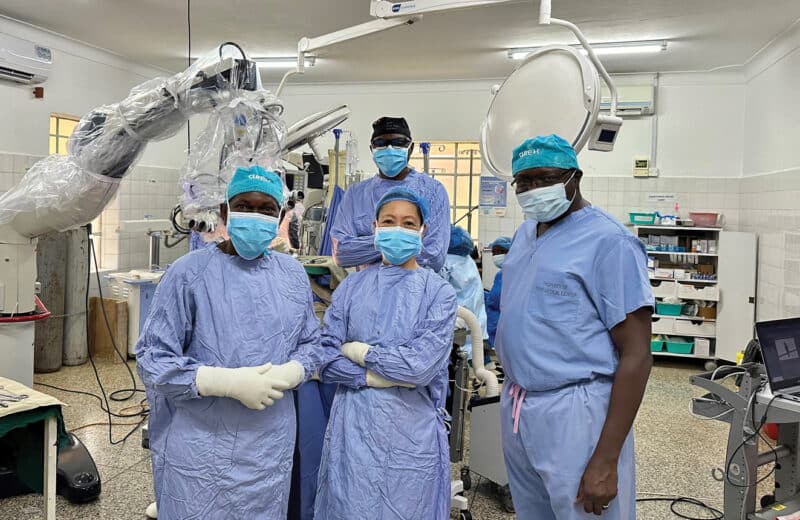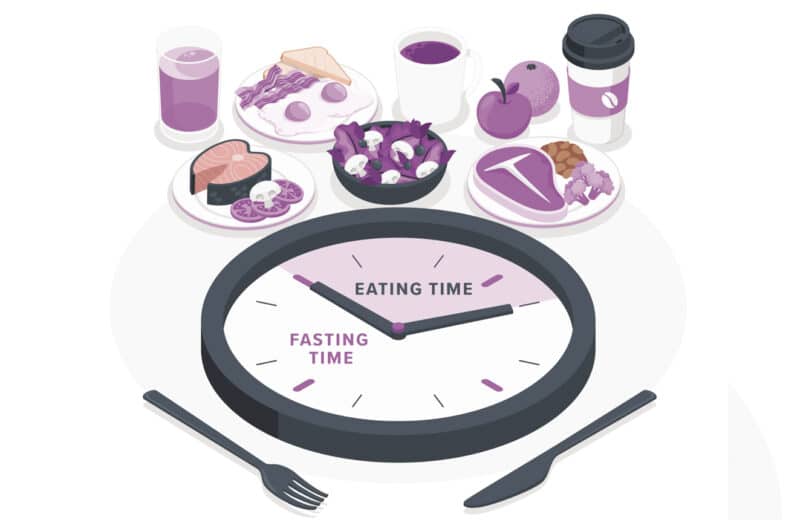We want to play like our favorite sports stars, but we don’t want to be injured like them
By Laura Drucker
You don’t have to be a serious athlete to get a serious sports injury. Strains, sprains, tears and general pain can happen to weekend warriors and elite athletes alike. In fact, nearly two million otherwise healthy people enter emergency rooms every year for sports-related injuries, according to the U.S. Department of Health & Human Services.
Whether you’re hitting the gym, court, pavement or yoga mat, here’s what you need to know to protect yourself from sports injuries.
Before your workout
Preventing injuries begins long before you ever break a sweat. And it all starts with wearing the proper shoes, says Lowell Weil, Jr., DPM, team podiatrist for the White Sox and president of Weil Foot and Ankle Institute.
“People make the mistake of picking the wrong type of shoe for the sport they’re participating in,” Weil says. “For instance, people buy cross-trainers, thinking they’ll be able to wear them for everything. Unfortunately, something like a cross-trainer is the master of nothing, and probably isn’t very good in anything.”
Choosing the right shoe puts fewer demands on your body and significantly decreases your risk of injury. To find an appropriate shoe, head to specialty shoe stores that have a knowledgeable staff and a large variety of brands. Be wary of how long you wear a particular pair. Shoes have a lifespan––about 500 miles if you’re using them to walk or run. If you notice that your shoes have less cushioning, or that you’re experiencing pain in your feet, legs, knees, hips or back, it’s probably time for a new pair.
Also crucial is a proper warm-up. “We tell our athletes at every level that they need to be sweating before they engage in their physical activity,” says Michael Terry, MD, head team physician for the Blackhawks and Northwestern Athletics. Going for a quick run before getting on the basketball court or before lifting weights activates your muscles and fills them with blood, reducing your risk of injury.
[tribulant_slideshow gallery_id=”6″]
During your workout
Most of the people who end up in the emergency room with exercise-related pain are there because of overuse––doing too much, or doing too much in the wrong way. It’s important to progress at a safe pace so that you give your muscles time to adapt as you get more advanced, says Brian Cole, MD, team physician for the Bulls.
“Doing exercise improperly, especially with high weights, can lead to injury,” Cole says. “Doing exercises in a progression that your body can tolerate will signal the proper motor patterns without having to use excess weight.”
Watch out for muscle compensation, as well. Everything in your body is connected, meaning that when one muscle or joint isn’t functioning well or properly, other parts of the body will potentially overcompensate, often leading to stress and strain.
To help with this, Cole suggests that athletes at all levels take special care to strengthen not just one specific muscle, but those around it, too. Instead of basic targeted exercises, he recommends complex exercises including those that respond to unpredictable external forces, and plyometrics (jump training), dynamic strengthening and sport-specific functional strengthening.
After your workout
Making good use of your rest periods is crucial for building strength and preventing injuries. Hydration, good nutrition and quality sleep can help your body get ready for your next activity, Terry says.
Light, non-weight-bearing exercises can help work out some of the built-up lactic acid and muscle soreness. To make the most of your recovery periods, do low-impact exercises, such as swimming or exercising on an elliptical trainer; these help strengthen muscles and protect them from injury without exacerbating soreness.
There’s no such thing as good pain. If you notice discomfort at any point during or after your workout, it’s a sign that you need to stop what you’re doing. Progressive pain, or pain that is associated with point swelling or tenderness, means it’s time to visit the doctor. Taking care of injuries before they get too serious is key to leading a healthy and active life. +













